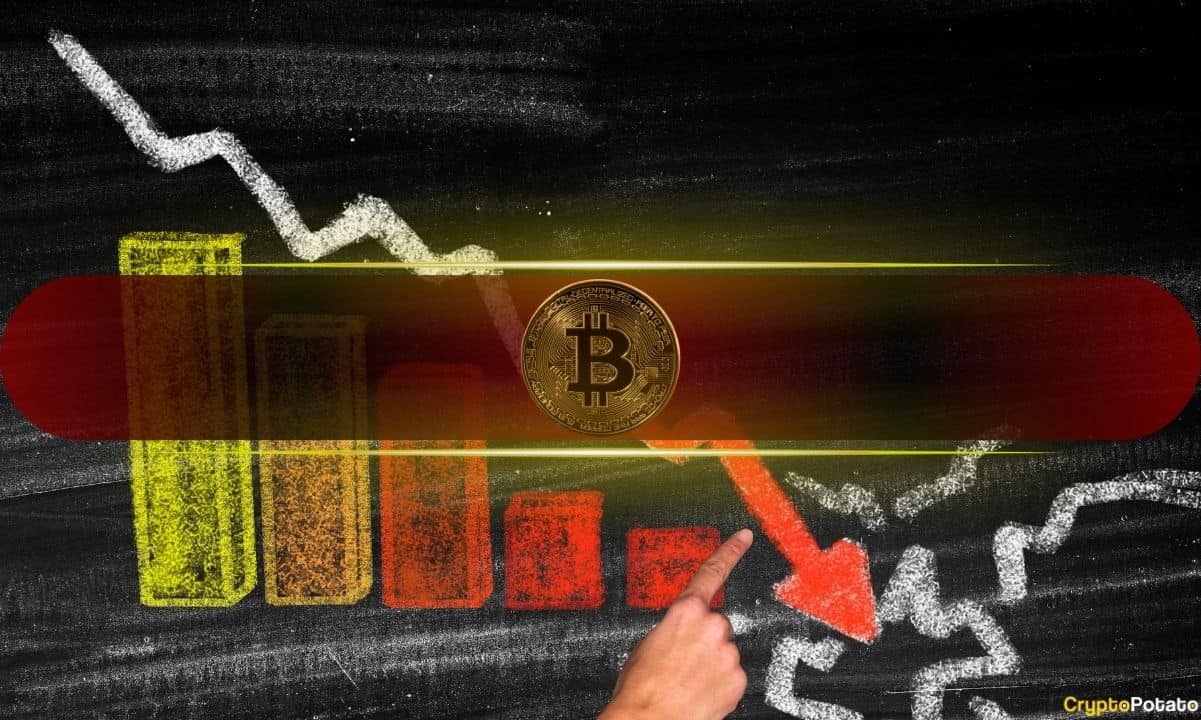Vitalik Buterin, the co-founder of Ethereum, has put forward a new tax regime for Layer 2 (L2) blockchains. This idea arises in light of the ongoing debate about establishing a more equitable economic system between Ethereum’s L1 and the L2 networks built on top of it. Buterin also pointed out some potential difficulties if such a system were to be implemented.
Vitalik Buterin Proposes Harberger Tax for Layer 2s on Ethereum
Vitalik Buterin suggested using a Harberger tax on Layer 2 blockchains. This tax would entail L2s paying fees continuously depending on their economic worth.
This proposal offers a potential way to unlock value without the need for constant observation. However, Buterin pointed out some drawbacks of this tax in the Ethereum ecosystem.
He noted that this may threaten Layer 2 ecosystems. That is since L2s might provide a false valuation to avoid incurring high charges. The conflict between the imposition of such a tax and the stability of L2s may make this challenging to implement.
Vitalik Buterin Suggests Alternative to Harberger Tax
While understanding the drawbacks of the Harberger tax, Buterin suggested another solution. He proposed developing a middle ground to guarantee that L2s pay fees to the L1 network. This could be an “in-protocol” solution where Ethereum can acquire the proper fees from L2s.
Buterin, however, noted that implementing such a system could be challenging due to technological constraints. He gave the example of a government that wants to collect sales tax and access digital payment platforms to do so.
This analogy shows that determining execution fees on L2 networks is not straightforward, and thus, tax enforcement becomes challenging.
Ethereum May Introduce Optional Layer for L2 Fees
In response to the criticisms of the current tax proposals, Buterin proposed a milder approach. He suggested the development of a “maximally neutral-L2 proof aggregation layer” that would assist L2s in charging fees to the Ethereum network.
This layer would act as an additional layer for L2s to join to meet their fee obligations through a different path. If they decide not to participate, they would still have to settle for the normal 500,000 gas per proof they are paying for now.
Buterin also stressed that this aggregation layer would be open to everyone and could be developed by anyone. Buterin is not entirely sure about the proposal but thinks it could help solve the fee collection problem.
Buterin Highlights Challenges in Layer 2 Tax Models
Buterin’s proposal shows how challenging it is to find a balance between creativity and prudence in Layer 2 blockchains. Designing a tax regime that can generate the needed revenue from the L2 networks without disturbing their stability is complicated.
Any changes made by Ethereum developers have to consider the possible effects that the change may cause in the ecosystem’s future. Buterin’s idea of a neutral layer2 seems like a half-measure that can give freedom to layer two solutions while ensuring their economic contribution to the layer one network. But, according to the Ethereum co-founder, there is no ideal solution for now.











